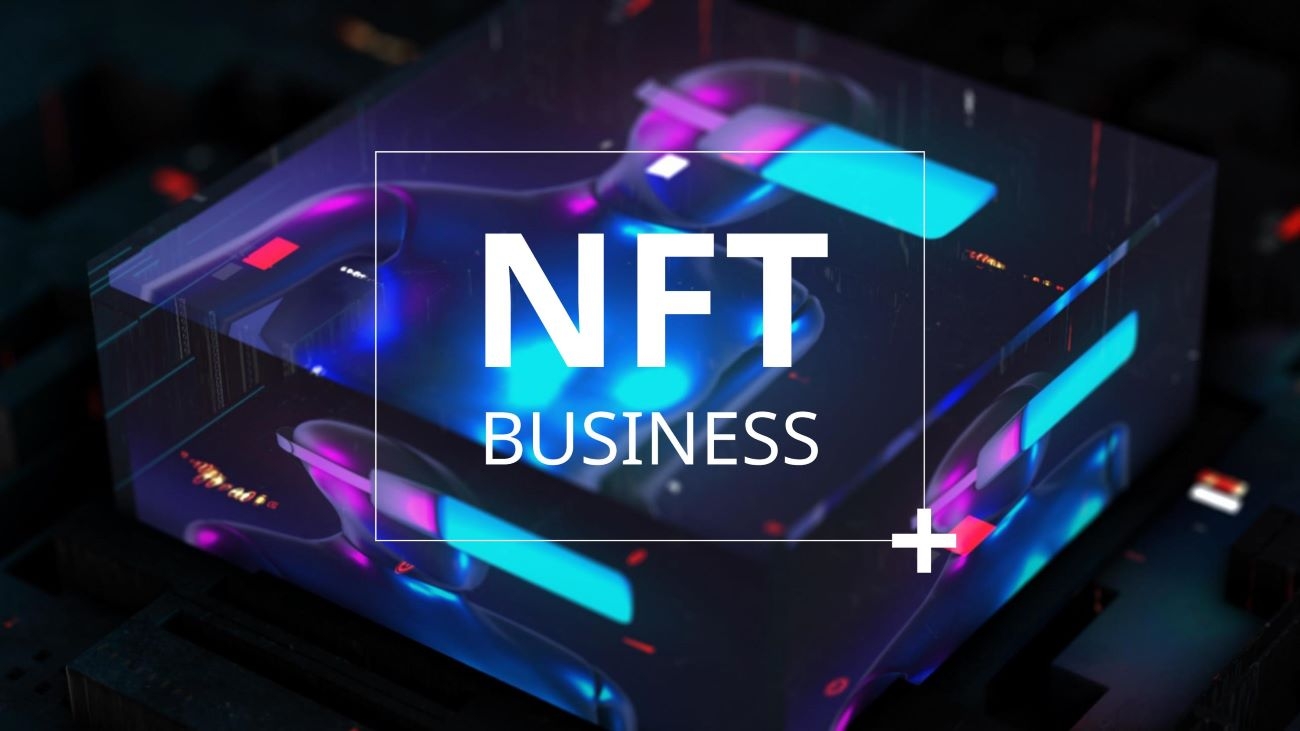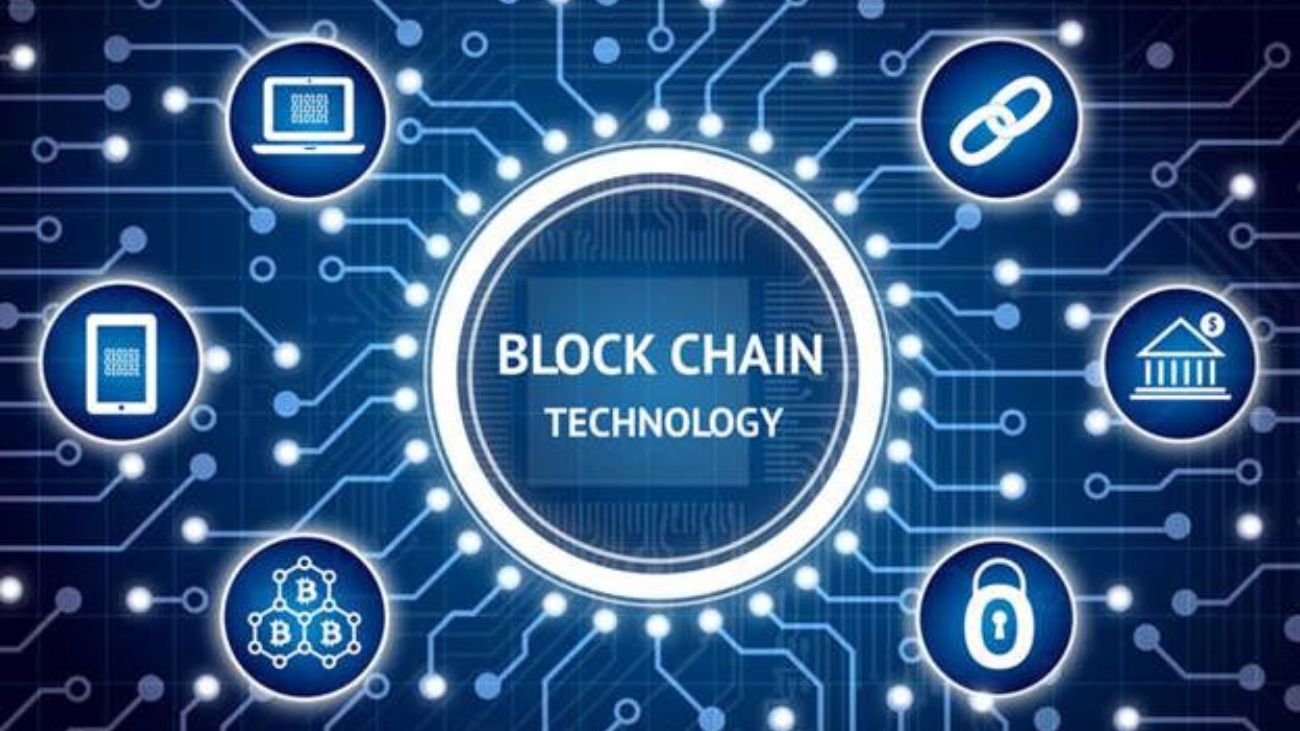In the digital age, software development has become a driving force behind the transformation of industries and the way we live our lives. From powering mobile apps to sophisticated enterprise systems, software has reshaped how businesses operate, how we communicate, and how we access information. In this article, we delve into the profound impact of software development, exploring how it revolutionizing industries and enriches lives worldwide.
Software Development: Streamlining Business Operations
It has revolutionized the way businesses operate by streamlining processes and increasing efficiency. Enterprise resource planning (ERP) systems, customer relationship management (CRM) software, and project management tools are just a few examples of how software solutions have optimized business workflows, enabling organizations to achieve greater productivity and cost-effectiveness.
Software Development: Enabling Digital Transformation:
Digital transformation is now a critical goal for businesses seeking to remain competitive in a rapidly evolving marketplace. Software development plays a pivotal role in digital transformation by developing custom solutions that address specific business needs. Embracing emerging technologies, such as cloud computing, big data analytics, and artificial intelligence, organizations can leverage software to gain a competitive edge and drive innovation.
Enhancing User Experience:
User experience (UX) has become a focal point in software development, whether it’s a mobile app, website, or software application. Intuitive and user-friendly interfaces are essential to engaging users and fostering brand loyalty. Software developers strive to create seamless and enjoyable experiences, making it easier for users to navigate, interact, and achieve their goals.
Empowering Mobile Connectivity:
The advent of smartphones and mobile apps has transformed how we access information and connect with one another. Software development has been instrumental in creating a vast ecosystem of mobile applications that cater to every aspect of daily life, from social networking and entertainment to productivity and healthcare. Mobile apps have become an indispensable part of modern life, enabling us to stay connected and informed on the go.
Revolutionizing Healthcare:
Software development has brought significant advancements to the healthcare industry, improving patient care, diagnostics, and record-keeping. Electronic health records (EHRs), telemedicine, and healthcare mobile apps have revolutionized the delivery of medical services, making healthcare more accessible, efficient, and patient-centric.
Driving E-Commerce and Retail:
The rise of e-commerce has transformed the retail landscape, and has played a pivotal role in enabling online shopping and payment processing. E-commerce platforms, shopping cart software, and secure payment gateways have facilitated the growth of online businesses, offering consumers convenience and a seamless shopping experience.
Unlocking Education and Learning:
Software development has unlocked the potential of technology in education, giving rise to e-learning platforms, educational apps, and virtual classrooms. Accessible from anywhere with an internet connection. These digital learning tools provide flexibility, personalized learning experiences, and a wealth of educational resources.
Software Development: Enabling Smart Cities
The concept of smart cities, where technology and data-driven solutions enhance urban living, is becoming a reality thanks. Smart city initiatives leverage IoT devices, sensors, and data analytics to optimize traffic management, waste management, energy consumption, and public services. Resulting in more sustainable and efficient cities.
Advancing Research and Science:
Software development plays a vital role in scientific research. From data analysis and simulation modeling to genetic sequencing and drug discovery. Scientific software applications have revolutionized the pace and accuracy of research. Enabling breakthroughs in various fields, including medicine, climate science, and astronomy.
Transforming Entertainment and Media:
Software development has redefined the entertainment and media landscape, providing consumers with immersive digital experiences. Streaming services, gaming applications, and virtual reality (VR) platforms have become integral to entertainment consumption. Offering a vast array of content at our fingertips.
Conclusion:
The impact of software development is far-reaching and continues to revolutionize industries and lives worldwide. From optimizing business operations and empowering mobile connectivity to transforming healthcare with FinBiz Tech. and advancing scientific research. It plays a pivotal role in shaping the modern world. As technology evolves, the potential to drive innovation and enrich human experiences only grows stronger. The future promises even more exciting possibilities as software developers continue to push boundaries. Create solutions that enhance our lives in ways we could only have imagined a few decades ago.







